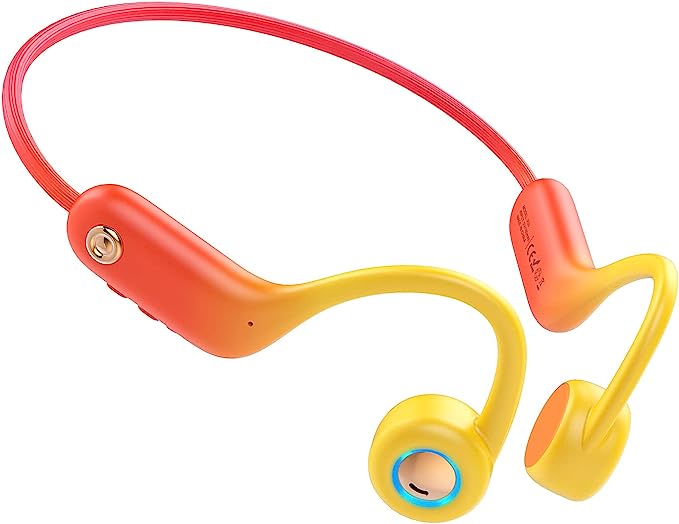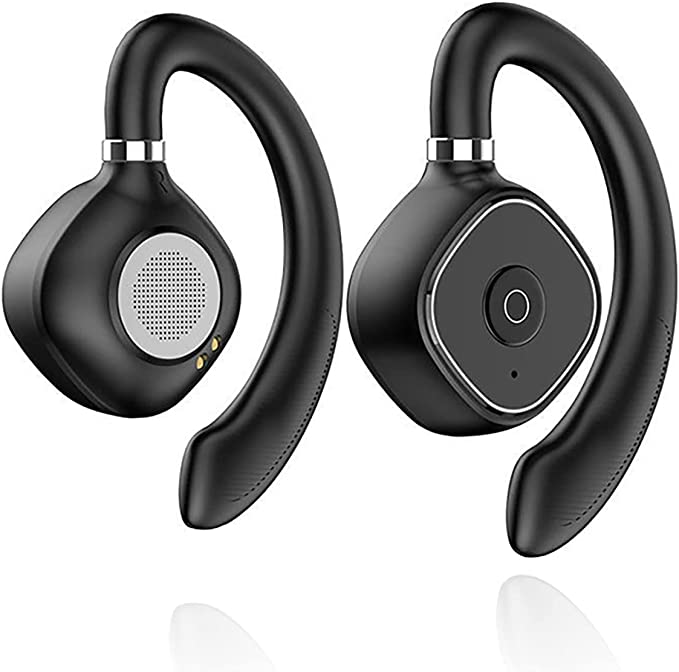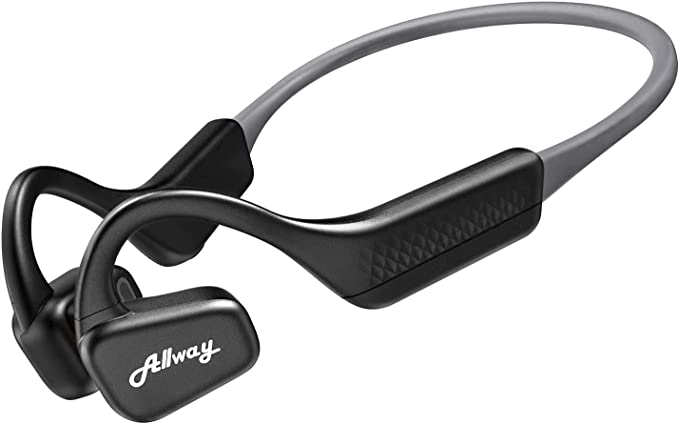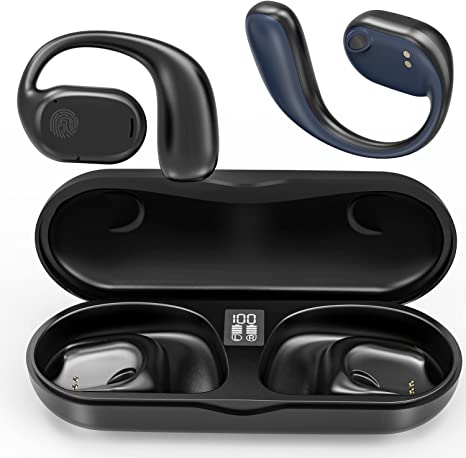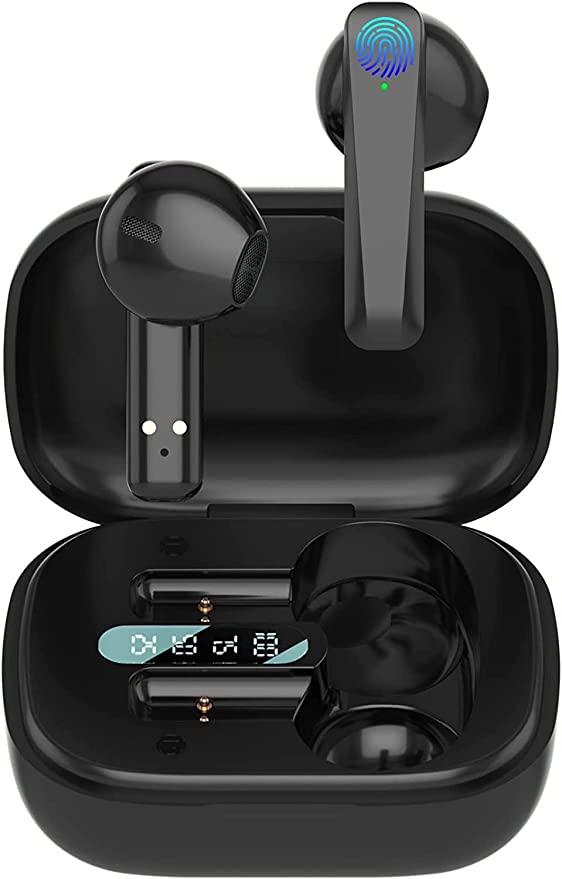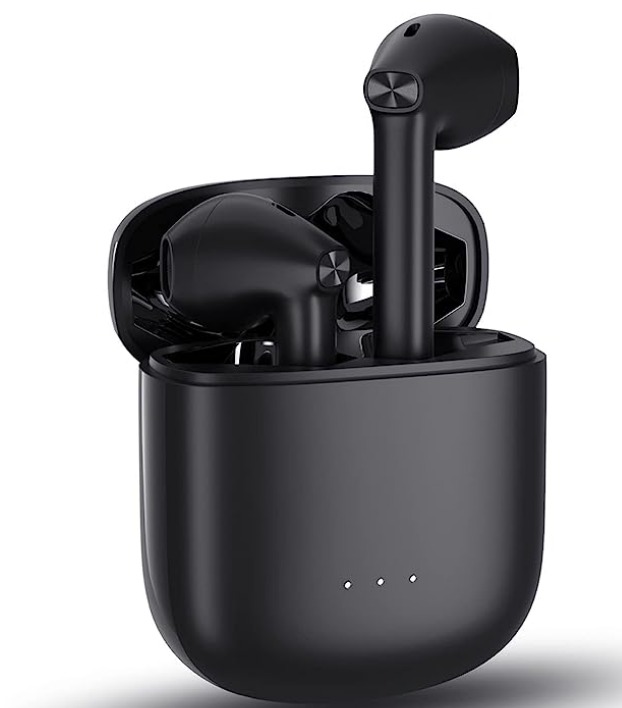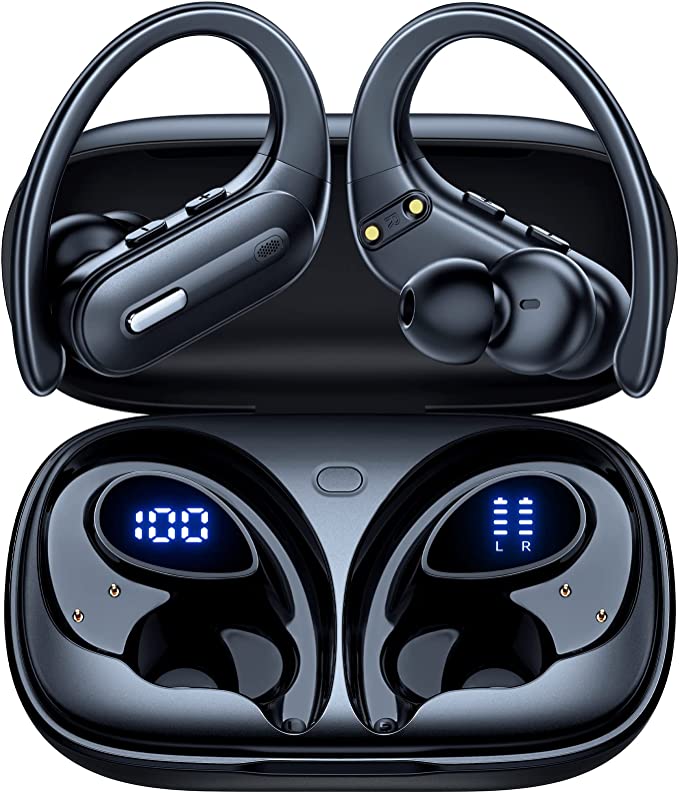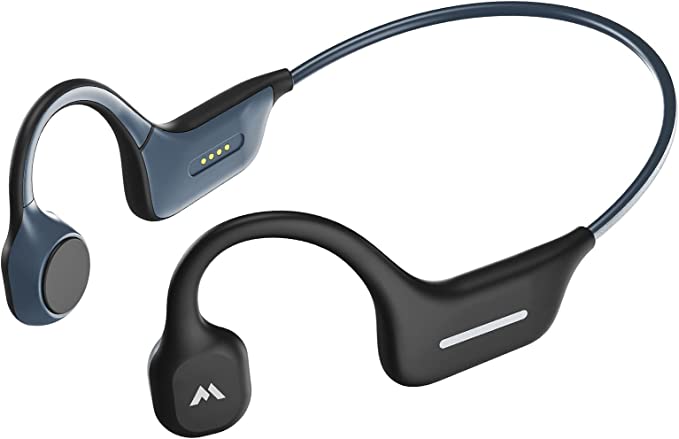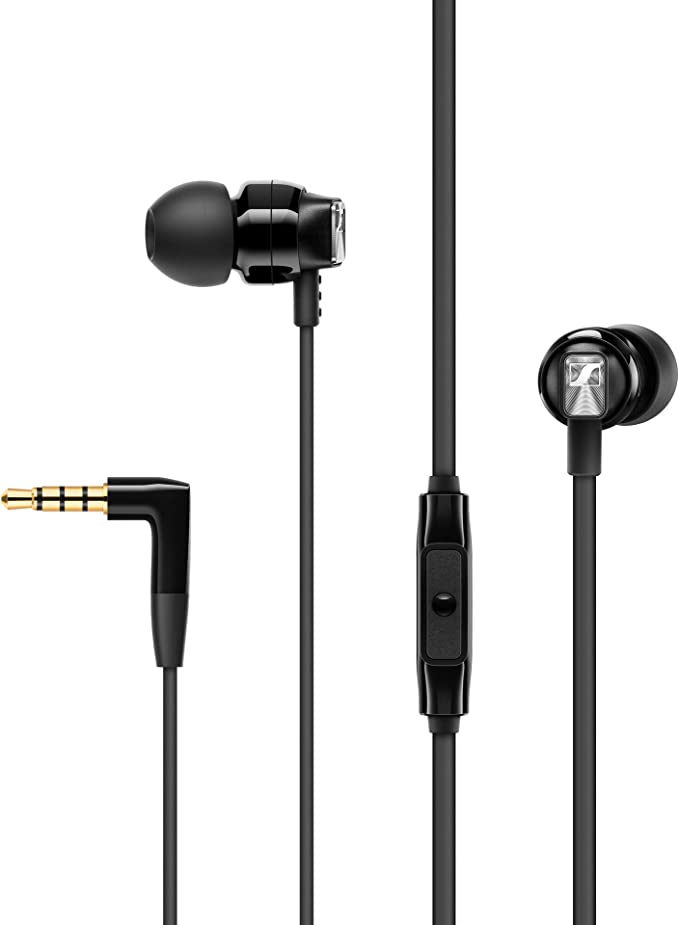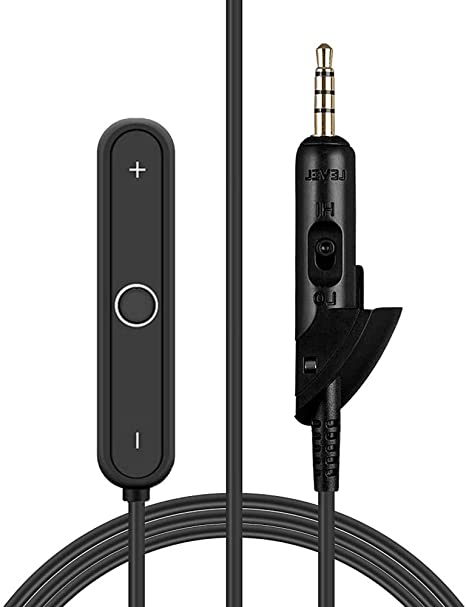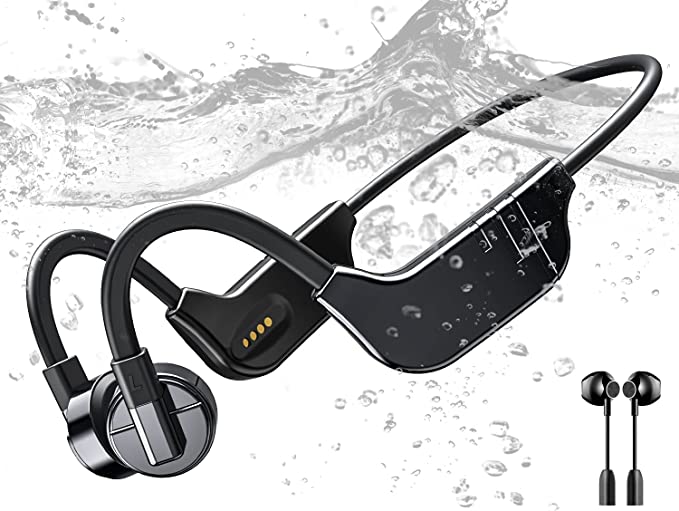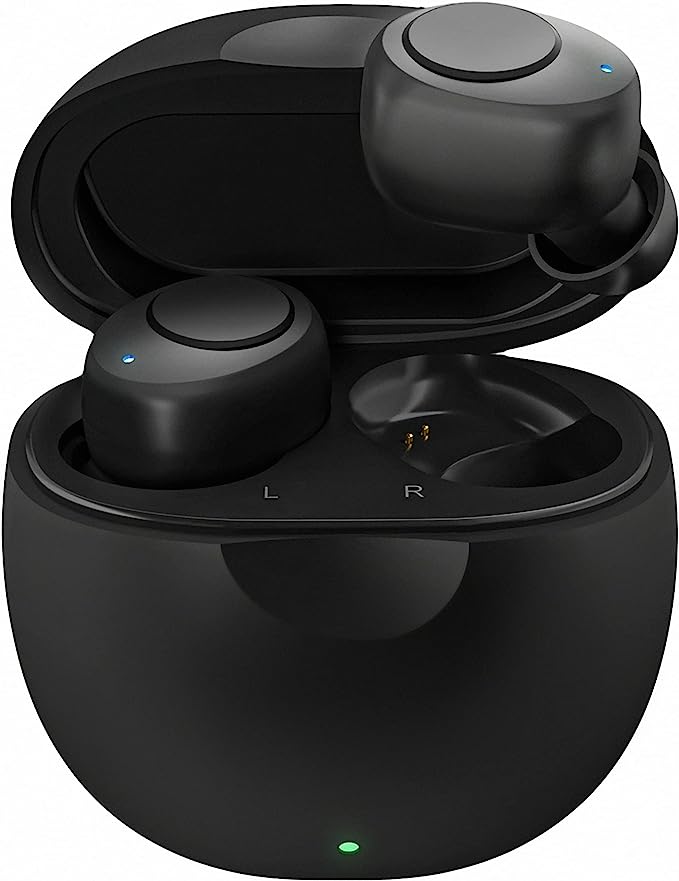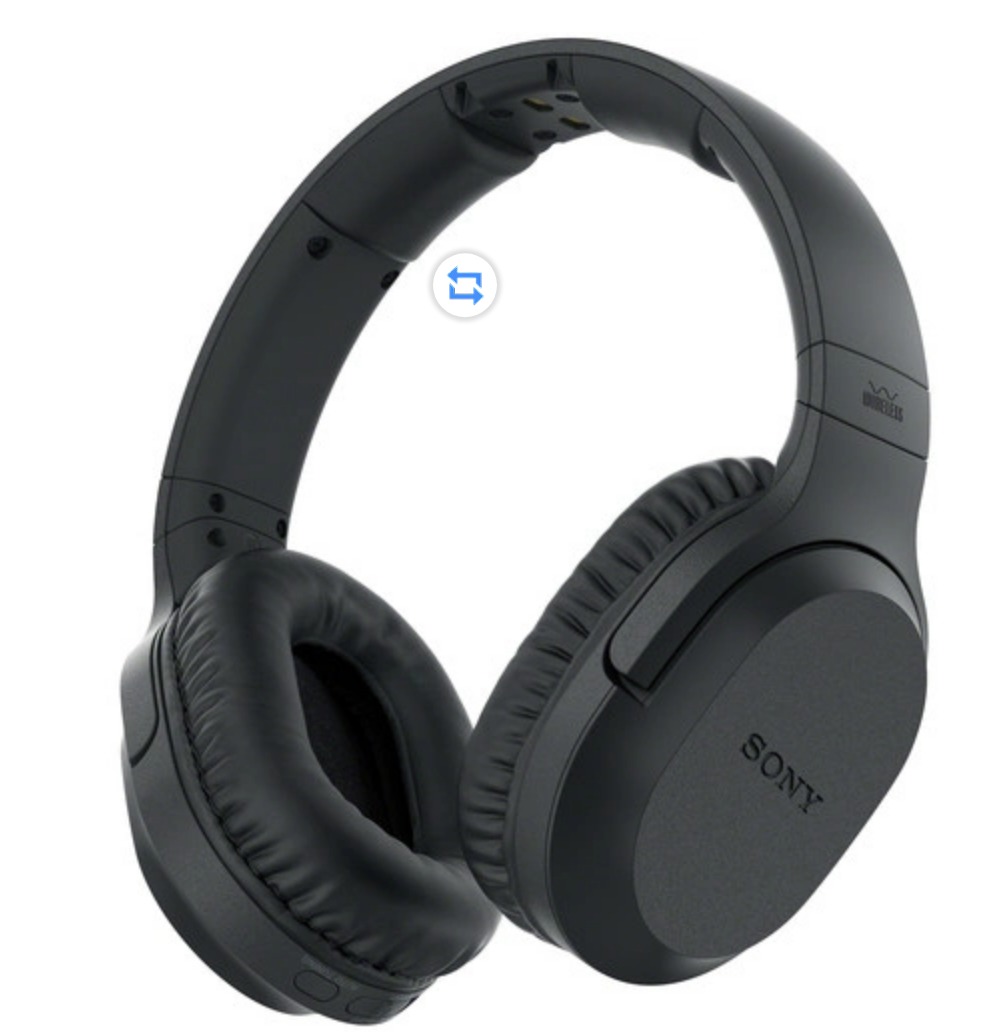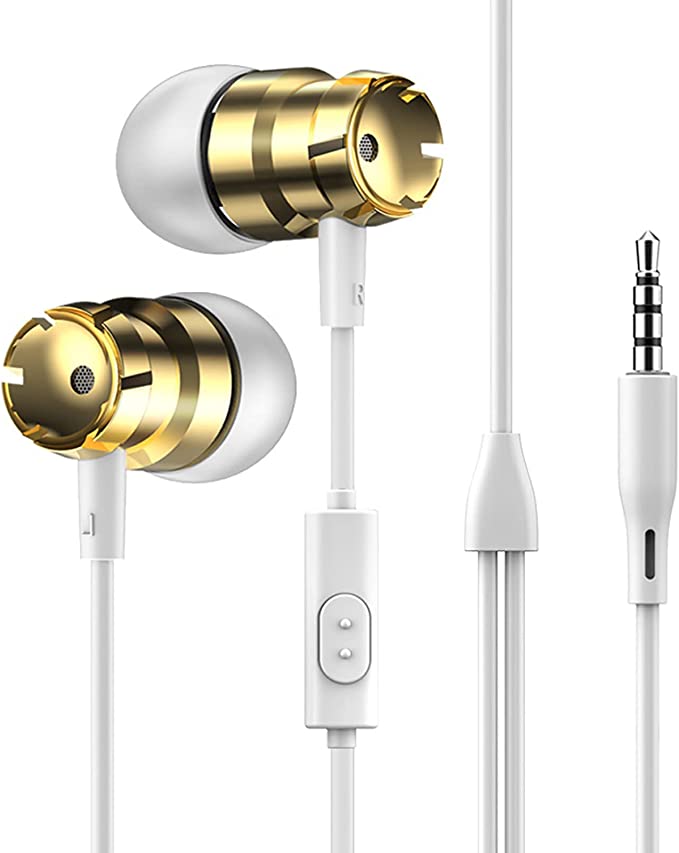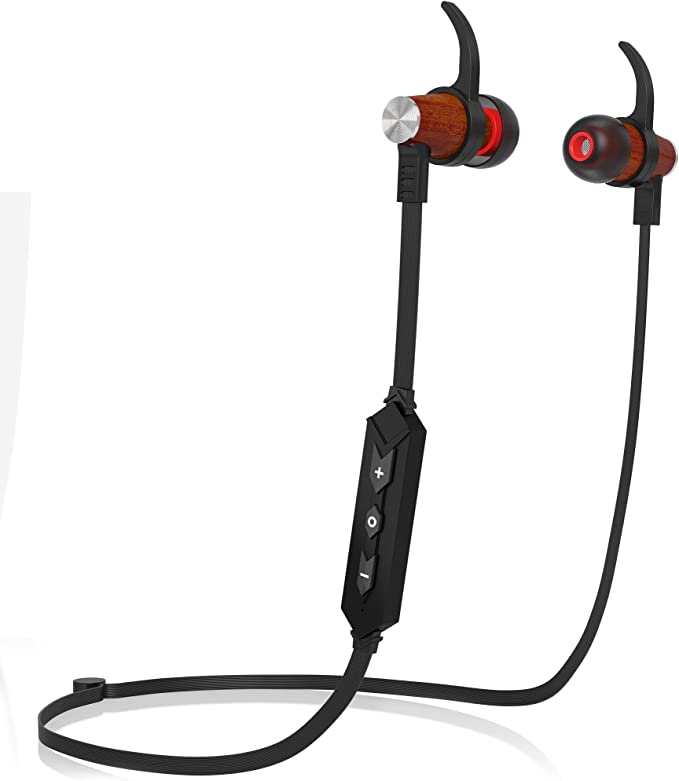ASIILOVI VG332 : The Science of Air Conduction & The Future of Open-Ear Audio
Update on Aug. 13, 2025, 6:33 a.m.
We’ve all been there. You’re jogging through a city park, craving the driving beat of your favorite playlist, yet keenly aware that plugging your ears isolates you from the sound of an approaching cyclist or a distant car horn. Or perhaps you’re in a bustling open-plan office, trying to use background music to focus, only to miss your name being called from across the room. This is the central paradox of modern personal audio: a constant tug-of-war between the desire for rich, immersive sound and the fundamental need to remain connected to the world around us. For decades, the solution seemed to be a binary choice—all in or all out.
But what if there was a third way? A technology that could create a personal sound bubble without building a wall. This is the promise of a growing category of devices known as open-ear headphones, which are moving beyond niche applications and into the mainstream. Using the ASIILOVI VG332 as our case study, we’ll venture beyond a simple review to deconstruct the fascinating science of air conduction, exploring how it aims to solve this modern audio dilemma and reshape our relationship with sound.

A Tale of Three Paths: The Journey of Sound to the Brain
Before we can appreciate the innovation of air conduction, we must first understand how we hear. Sound’s journey to our brain can traditionally take two routes when using headphones.
The first and most common path is The Seal. This is the world of traditional in-ear and over-ear headphones. They work by creating a seal in or around your ear canal, pumping sound waves directly towards your eardrum. This method is excellent for blocking out external noise and delivering powerful, deep bass, as the sealed chamber creates the necessary acoustic pressure. It is the path of isolation.
The second route is The Vibration. This is the domain of bone conduction headphones. These devices bypass the eardrum entirely. They press against the bones of your skull (typically the cheekbones) and send vibrations directly to the cochlea, your inner ear organ. Originally developed for specialized military and medical applications, this technology allows your ear canal to remain completely open. It is the path of circumvention.
Now, a third path is emerging: The Directed Wave. This is the principle behind air conduction headphones like the ASIILOVI VG332. Instead of sealing the ear or vibrating the skull, they operate on a deceptively simple yet elegant concept. Think of them not as headphones in the traditional sense, but as a pair of ultra-compact, precision speakers that hover just outside your ear canal. They use a transducer to generate sound waves that travel through the air over a very short distance, guided directly toward the ear’s natural opening. Your ear picks up this sound in the same way it would pick up any other ambient sound, preserving the natural function of your outer ear (the pinna) in shaping and localizing sound. It is the path of integration.

Anatomy of an Air Conduction Headphone
To understand how the VG332 translates this theory into practice, we must look under the hood. The experience it delivers is not magic, but a careful orchestration of specific engineering choices.
At the heart of any headphone lies its engine: the driver, or transducer. The VG332 employs dual $16.2\text{mm}$ dynamic drivers. In the world of audio, size can matter. A larger diaphragm, like a larger drum skin, is physically capable of moving more air. This greater air displacement makes it theoretically easier to reproduce lower frequencies, which we perceive as bass. While a large driver doesn’t automatically guarantee high-quality sound—the final result is always a product of meticulous tuning—it provides the raw physical potential for a fuller, richer sound than smaller drivers might. This is how an open design can still deliver a surprisingly present low end.
The lifeline connecting these drivers to your device is Bluetooth 5.3. While version numbers can often feel like marketing jargon, the move to 5.3 brings tangible benefits. This standard is engineered for greater efficiency and stability, especially in environments saturated with wireless signals (like a busy office or coffee shop). It translates to a more robust connection with fewer frustrating dropouts and contributes to the device’s impressive battery life—over eight hours on a single charge for the earbuds, with the compact case holding an additional 30 hours of power.
Perhaps the most ambitious claim is the promise of minimal sound leakage. For anyone who has sat next to someone with leaky earbuds, this is a critical concern. The VG322 tackles this not by defying physics, but by mastering it. Through careful acoustic design, the sound is channeled into a focused beam aimed at the ear canal. Imagine it as an “acoustic moat” around your personal audio, where the energy of the sound wave is directed inward, significantly reducing the amount that spills out into the surrounding environment. While no open design can be completely silent to a neighbor in a quiet room, this directional technology ensures your music remains largely a private affair at reasonable volumes.

The Experience: Where Physics Meets Perception
Technology is only half the story. The true measure of these headphones is how their design interacts with the most sophisticated audio processor known: the human brain.
The standout benefit of any open-ear design is situational awareness, and this taps into a remarkable neurological phenomenon known as the “Cocktail Party Effect.” This is your brain’s incredible ability to focus its auditory attention on a single speaker or sound in a noisy, complex environment, while still subconsciously monitoring other sounds for important cues, like someone calling your name. Traditional headphones disable this feature by cutting off the ambient data stream. Air conduction headphones, by contrast, are built to enhance it. They deliver your chosen audio while simultaneously feeding your brain the rich, ambient soundscape it needs to perform its natural filtering magic. This is the science behind the feeling of safety and connection they provide.

This focus on a natural experience extends to ergonomics. The on-ear, clip-style form factor avoids placing any pressure inside the sensitive ear canal, a common source of discomfort and what audiologists call “hearing fatigue” during long listening sessions. By distributing the minimal weight across the sturdy structure of the outer ear, the VG332 can be worn for hours without the sense of physical intrusion that many earbuds create. As confirmed by user feedback, this design coexists peacefully with glasses, a small but crucial detail for many.
Of course, this design philosophy comes with an inevitable and important trade-off. The very openness that grants situational awareness means there is no physical barrier to block loud external noises. It’s a matter of Signal-to-Noise Ratio (SNR). In a relatively quiet office or on a suburban street, the signal (your music) is much stronger than the noise. But on a loud subway platform, the environmental noise can easily overwhelm the signal. This isn’t a flaw; it is the logical consequence of the design’s primary goal. These are not tools for absolute sonic isolation, but for seamless audio integration.

Beyond Isolation, Toward Integration
The ASIILOVI VG332, and the air conduction category it represents, signify more than just a new gadget. They represent a philosophical shift in personal audio. For years, the industry chased perfect isolation, striving to create a silent canvas upon which to paint our sound. But in doing so, we sometimes disconnected ourselves from the very world we live in.
Open-ear technology charts a different course. It suggests a future where our digital soundtrack doesn’t replace reality, but augments it. It’s a future where you can follow a GPS navigation prompt whispered in your ear while still hearing the city life around you, or listen to a podcast while keeping an ear out for your sleeping child. By leaving the ear open and working with our natural hearing, these devices offer a compelling glimpse into a more integrated, aware, and arguably more human way to experience personal audio. They are a sound choice for a world that demands we listen to more than one thing at a time.

